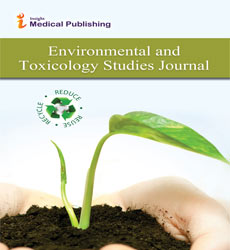Environmental measures of geothermal sites
Abstract
Geothermal energy is the use of thermic energy that emerges from the interior of the Earth Crust up to the surface through rock and/or fluids to produce electricity. This energy shows up at the surface as thermal springs, geysers, fumaroles and volcanoes. Even though geothermal energy is considered as a renewable/clean energy source, environmental impacts cannot be excluded during geothermal power generation. The environmental effects that are temporary or irreversible in geothermal industry are: land subsidence, seismicity, noise, changes to landscape and land use, solid waste, ecological, emissions to the atmosphere such as: gases (CO2, H2S, NH3, CH4, N2 and H2), trace mercury, boron vapors and radon. Surface and groundwater contamination: hazardous substances used during exploration, construction or production stages. The geothermal reservoirs contain a range of toxic metals in suspension and solution: As, Hg, Pb, Zn, B and S, along with carbonates, silica, sulphates and chlorates. It is important to start an environmental monitoring before a geothermal power plant is created, to establish the environmental baseline. In this work, a polar sampling was made, starting from the geothermal expression in three geothermal sites from the central part of Mexico. Water, soil, vegetation and microorganisms were monitored in wet and dry season 2015. All environmental samples show concordance with respect to the 15 determined chemical elements, bacteria and microalgae, identifying specific characteristics related to the geothermal reservoir and other environmental stresses.
Open Access Journals
- Aquaculture & Veterinary Science
- Chemistry & Chemical Sciences
- Clinical Sciences
- Engineering
- General Science
- Genetics & Molecular Biology
- Health Care & Nursing
- Immunology & Microbiology
- Materials Science
- Mathematics & Physics
- Medical Sciences
- Neurology & Psychiatry
- Oncology & Cancer Science
- Pharmaceutical Sciences
